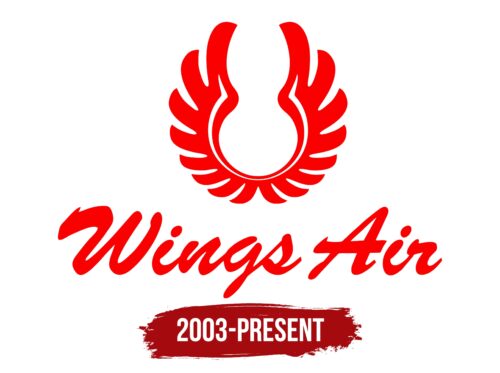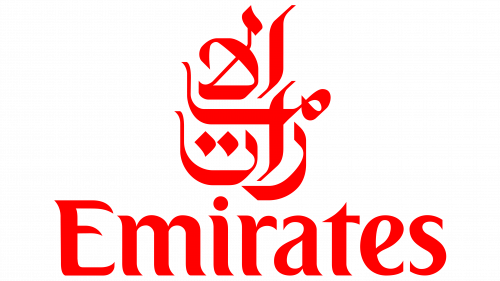The Wings Air logo is like a precious necklace. The emblem illustrates how the company connects the individual islands of Indonesia into a vibrant network. Energy flows through the lines of the emblem, allowing the image to soar upward.
Wings Air: Brand overview
In 2003, Wings Air emerged as one of the leaders in the Indonesian aviation industry. Based in Jakarta, the airline is committed to providing efficient and affordable air transportation to the people of Indonesia.
Wings Air was established as a subsidiary of Lion Air, a well-known Indonesian airline, to fulfill the need for efficient short-haul regional flights.
Wings Air has grown rapidly and rapidly. From humble beginnings, when the airline had only a few airports, it quickly expanded its network. Today, it flies predominantly from Sultan Hassanuddin International Airport in Makassar, which is its main base. In addition, Wings Air has a presence at many airports in Indonesia, further expanding its reach.
One of Wings Air’s unique approaches is that the company bypasses Jakarta, the bustling capital, and focuses on serving second and third-tier cities. Wings Air promotes economic, tourism, and cultural opportunities by prioritizing service to remote regions and has earned a well-deserved reputation for its commitment to corporate social responsibility.
Meaning and History
What is Wings Air?
Wings Air, officially known as PT Wings Abadi Airlines, has made a name for itself in the aviation industry as a low-cost, scheduled commuter airline. The company is headquartered in Jakarta, Indonesia. The company started its operations in 2003 as a regional airline to connect the Indonesian archipelago, one of the largest island nations in the world.
2003 – today
Redwings resembling flames are a key element of the Wings Air emblem. They symbolize energy, business acumen, proactivity, and fast service. In addition, the wings are connected at the bottom and resemble a wreath. Below them is the airline’s name in italic handwriting, which also adds dynamism to the design. The letters “W” and “A” are capitalized, while the rest are lowercase. The text is semi-coherent, as not all letters are connected to each other. Some letters have characteristic spicules that smoothly transition into gentle curves.
The resemblance of the wings to flames and their connection at the bottom evokes images of unity and energy, perhaps alluding to the teamwork and passion that drives the airline. The dynamic handwritten font reinforces the overall impression of a company focused on fast and efficient service. The use of capitalization for the “W” and “A” adds emphasis and perhaps a design decision to highlight the brand’s initials.





